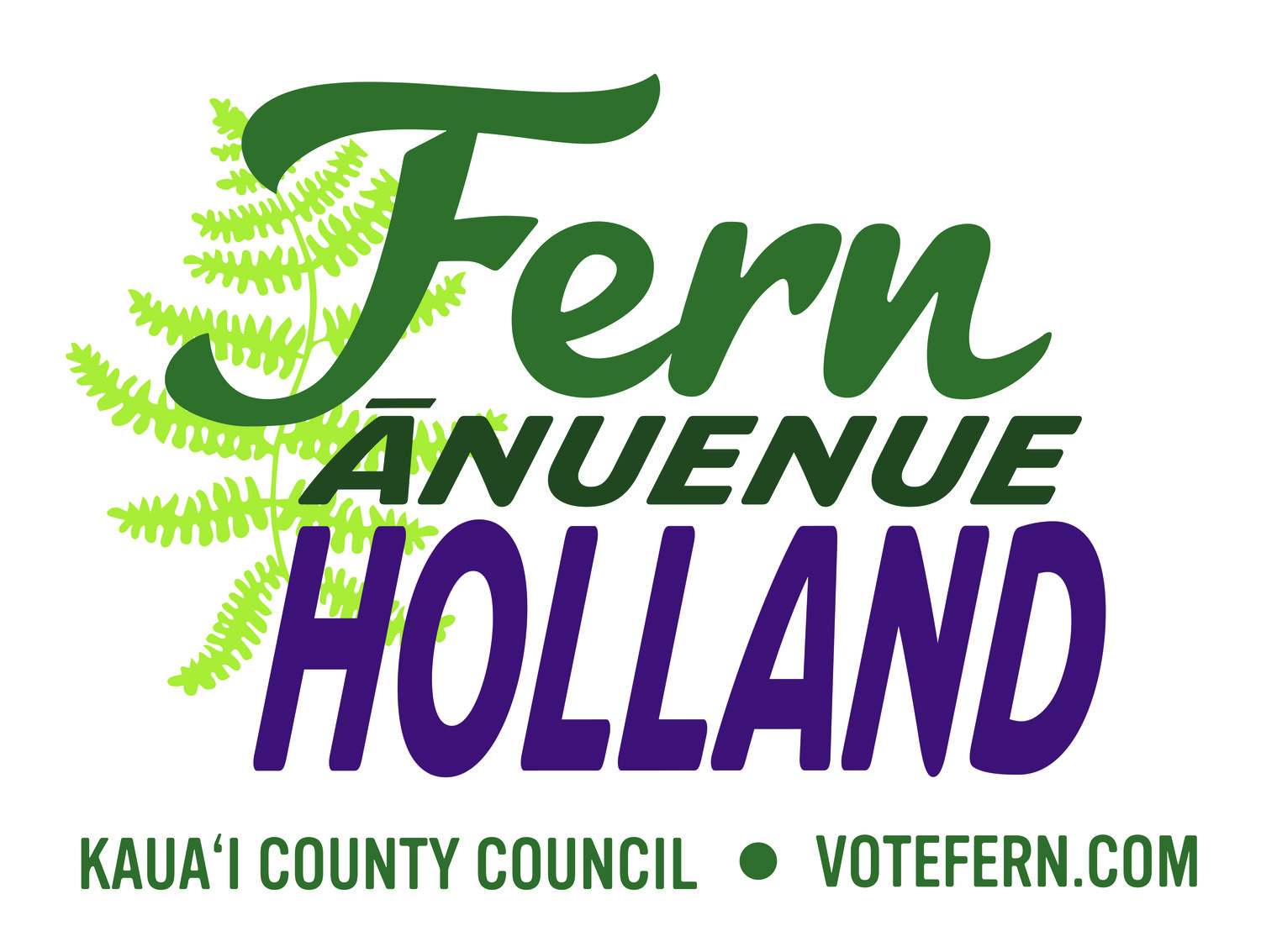It is extremely important that we put our attention and resources to supporting food production agriculture, ranchers, farmers and food security. In recent years especially with the COVID pandemic we have been reminded of the importance of increasing local food security and self sufficiency. We need to support local food production and also exportation markets. I believe that part of the solution is supporting land access, farmer education programs, food hubs, infrastructure for ranchers, and projects to address the gaps in our local food production and consumption systems. Efforts to support local sustainable food production agriculture will always be a top priority for me.
I am passionate about developing a flourishing agricultural industry that provides employment in food production, processing and distribution, and that pays living wages. To do this I will support efforts to expand local food production, processing facilities and infrastructure and work with community organizations to address needs to assist with marketing and distribution of local food while we also work to support current and next generation farmers and ranchers to the land and tools they need. Expanding our local products and supporting their local consumption, as well as export markets, is key to growth for the agricultural sector. My vision includes a mix of diversified agriculture along with indigenous foods and agriculture practices.
I understand that this is a complicated issue that has to be addressed from many different directions. Supporting efforts to expand local food production agriculture can reverse our 90% importation of food, but it must be a collaborative effort between all levels of government, community members, educators, nonprofits, farmers and consumers. On the board of the Kauaʻi Food Hub, and hosting the ʻAi Pono Eat Local Challenge these last few years, I have had an opportunity to better understand the issues that are holding up expanding local food production on Kauaʻi. As a Council Member I would be committed to addressing these things.
I believe as a County Council Member I will be able to pull together those that know the most about this topic in an effort to better understand the immediate needs and blockages that are stifling progress. I believe there are ways a Council Member can find pathways to those solutions that will support increasing local production, sourcing, processing, and distribution. I would start by looking at these areas and figuring out where the County is best suited to be able to help and how. The next step will be to develop measures that can be brought before the council as bills and resolutions that will help to facilitate the needs that are identified. Off the top of my head, I see the Council as able to potentially assist through incentives for farmers, working with partners to fill gaps in infrastructure needs, assisting with education around local sourcing, and access to local options for restaurants, while working to support and partner with those that are developing the next generation of farmers.







